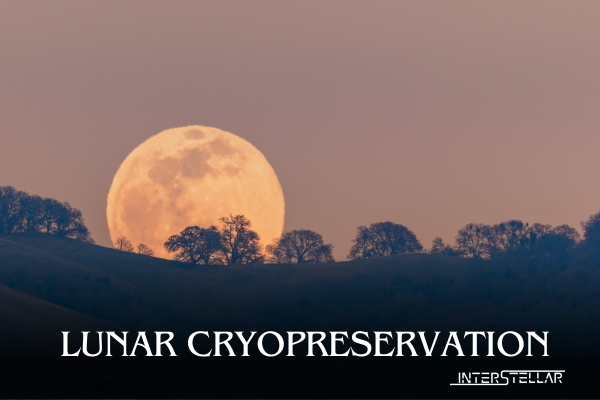A Revolutionary Lunar Biorepository: Cryopreservation on the Moon
Lunar Cryopreservation, a process involving the deep freezing of cellular material, could revolutionise the way we preserve species. By inducing a sort of suspended animation, this technique leverages the moon’s naturally cold environment to store biological samples.
The Necessity of a Lunar Biorepository
According to Hagedorn and collaborators in a BioScience article published on July 31, species and ecosystems face destabilisation and extinction at an alarming rate. Human activities are accelerating these threats faster than our ability to save species in their natural habitats. If preserving species outright is not feasible, saving samples through cryopreservation offers a promising alternative. These samples could potentially be used for cloning in the future.
Advantages of the Moon’s Environment
Earth lacks naturally occurring environments cold enough for passive cryopreservation. Currently, we rely on technology and financial resources to maintain frozen biological samples. The moon, particularly its polar regions, presents a unique solution. Permanently shadowed areas, like the bottoms of craters, haven’t seen sunlight in over two billion years. These regions maintain temperatures below minus 321 degrees Fahrenheit (minus 196 degrees Celsius), making them ideal for passive cryopreservation storage facilities.
Challenges and Future Prospects
While the concept of Lunar Cryopreservation is promising, several logistical challenges must be addressed before a lunar biorepository can become a reality. Samples need to be packaged for space transport and stored to protect them from the moon’s elevated radiation levels. Additionally, obtaining international cooperation and funding is crucial.
Despite these hurdles, the team remains optimistic. Hagedorn and colleagues have already begun research using the starry goby (Asterropteryx semipunctata), a carnivorous blue-speckled fish, to develop protocols for the project. This initial research is a significant step towards the realisation of a lunar biorepository.





